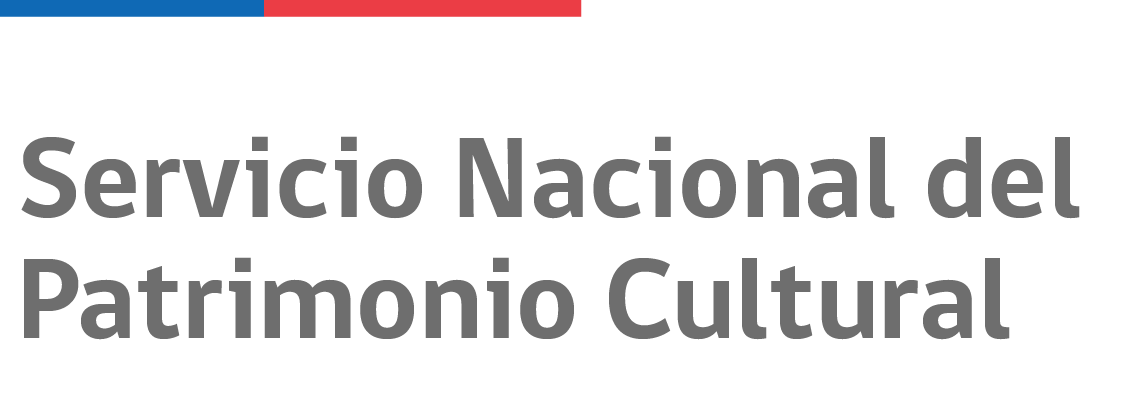
Services:
- Audio guide
- Guided visits
- Public transport
- Parking
Opening times:
Admission:
About the institution
The Araucanía Regional Museum was founded in 1940 in response to local interest in establishing a scientific research center to conserve the cultural heritage of the Araucanía Region, the traditional heartland of the Mapuche, Chile's largest indigenous people.
Originally housed on the second floor of the Instituto San José School (now De La Salle School), the Museum moved to its current premises in 1970. After undergoing significant renovation, the Museum was re-inaugurated in 2009. As part of this process, the permanent exhibition, located in the basement of the two-story house, was re-designed.
The building

Thiers House is one of the oldest in Temuco.
The Thiers House, now occupied by the Museum, is one of the oldest in Temuco. It was built in 1924 for Carlos Thiers, an important local farmer whose parents had emigrated to southern Chile from Germany in the mid-nineteenth century.
The property, with its park, was originally larger than it is now because, as the city grew, Thiers ceded part of it to make way for the construction of new streets. The park, which is open to the public, contains two giant redwood trees as well as lime trees and ornamental flowers.
Inside the Museum
Acquisition of the Museum's collection began in the 1930s when, ahead of its creation, local researchers started to gather objects, related principally to the Mapuche culture. Over the years, the collection has expanded as a result of both donations and the Museum's own research programs.
Today, it totals some 3,000 objects corresponding to different periods of the Araucanía Region's history. Some of the most important are pottery from the Pitrén groups (600-1450 AD), the Region's first agro-potter people, and the funeral urns of the El Vergel cultural center (1100-1550 AD) as well as different Mapuche ethnographic objects such as a large wampo (canoe), silver ornaments, textiles, wooden, ceramic and leather domestic objects and basketry.
In the permanent exhibition, some 500 objects are displayed, reflecting the Region's cultural development. Items are labelled in Mapudungun, the Mapuche language, as well as Spanish and an audio guide in English is available.
Other items from the Museum's collection are shown in thematic temporary exhibitions. The Museum shop, which adheres to fair trade principles, offers a range of craftwork from local artisans.







